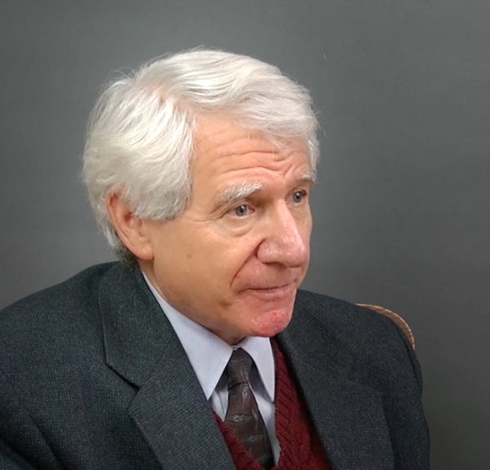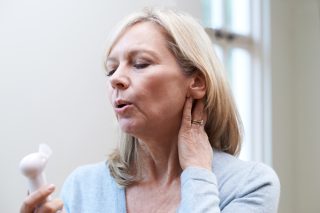
Integrative Medicine of Northern Virginia
1870 Sunrise Valley Drive
Suite 100
Reston, VA 20191
703-915-1369

More Women's Health & Beauty Articles
Estrogen and Menopause – An Introduction

Menopause (12 consecutive months without a menstrual cycle) usually occurs at age 40 to 55. A significant reduction of estrogen and progesterone occurs, which can cause symptoms such as: hot flashes, night sweats, mood changes, loss of libido, anxiety, depression, weight gain, and painful intercourse. Go to (www.imednova.com) for a more detailed article.
There are three different types of estrogen: Estrone, Estradiol, Estriol. Estradiol is the strongest and can cause the most adverse side effects. Estriol is the weakest and causes the least side effects, and Estrone is somewhere in the middle.
There are different cell receptor sites for estrogen. ER-Alpha receptors are “growth promoting”and excess stimulation of ER-Alpha can cause abnormal cell growth. ER-Beta receptors cause the reduction of inflammation, control abnormal cell growth. Balancing ER-Alpha and ER-Beta is optimal. Estrone is mainly attracted to ER-Alpha sites, Estradiol is attracted equally to ER-Alpha and ER-Beta sites , and Estriol is mainly attracted to ER-Beta sites. Balancing ER Alpha and ER Beta stimulation is an important aspect of estrogen use.
Hormone function can be disrupted by excess cortisol (a stress hormone) or environmental pollutants. Either one can occupy estrogen receptor sites, and prevent estrogen from binding, causing low estrogen symptoms. Managing cortisol levels and stress or toxic exposure are important aspects of estrogen use.
The use of synthetic versus bio-identical hormones is very controversial. They act very differently in your cells and how they are excreted by your liver. Bio-identical hormones are plant based and have the same structure as the hormones our bodies make. Synthetic hormones have a somewhat different structure than hormones our bodies make.
The use of hormones must be evaluated in terms of risk. High risk is associated with: positive BRCA genes, a history of cancer, smoking, use of birth control pills and obesity. Co-morbidity such as diabetes, cardiovascular disease, blood circulation disease can also increase the risk of hormone use.
Ultimately a global look at your age, overall health and function are needed to evaluate the efficacy or risk of using estrogen and progesterone.
Homeopathy, herbs, nutritional supplements, lifestyle adjustments and hormones can all provide different benefits. A program that integrates all aspects is optimal to improve function and minimize risk.
Other Articles You May Find of Interest...
- Toilet Paper and Vaginal Health: 10 Facts, Risks, and Safer Choices
- Unraveling the Mystery of Spotting One Week After Your Period
- Is Your Pregnancy Test Reader Accurate? What You Need to Know
- Recognizing the Hidden Signs of Hepatitis Symptoms in Women
- The Surprising Reasons Your Menstrual Blood Might Have an Unpleasant Odor
- Normal Insulin Levels in Women: What You Need to Know
- What Does a Pimple on Your Areola Mean?














